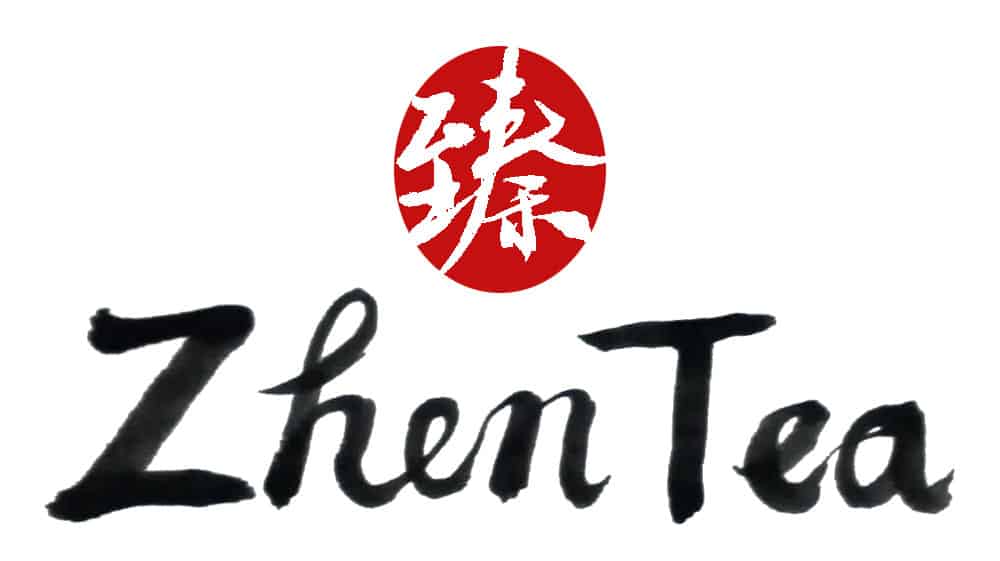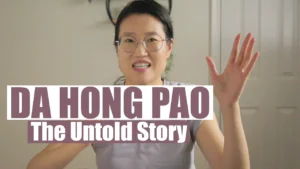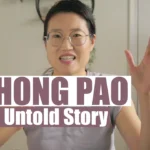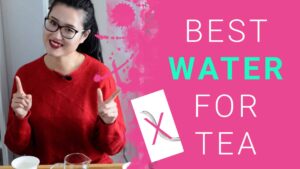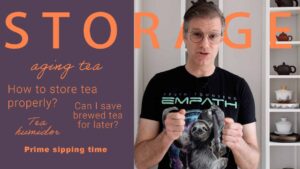This post had to get pulled to the front of my blog schedule because of a few little stories I have heard and experiences I have had recently. Some are disturbing, and I chose to remain silent initially, but I can no longer do so. Some are encouraging, and I want to share them. My vision for ZhenTea has always been clear, and our journey helps to confirm that vision as well as adjust our approach. I am writing this as a record of every step of ZhenTea and for those who share a similar vision.
One of the biggest challenges of Chinese tea in the west – correct information.
It is not uncommon to hear someone talk about how tricky it is to do business with the Chinese. And doing tea business with the Chinese requires extra caution and sometimes people still end up being fooled even when you are actually on site. It is a sad truth I’m embarrassed to say, but recently, I noticed the opposite at a wholesale event I attended. The wholesalers from China who I spoke with were very straight with me and by and large had good information. Whereas I came across some Chinese tea wholesalers who were not Chinese but have been to China or lived in China for a few years and who were very unreliable in terms of the information they shared about Chinese tea. With their extra confident look and tone, I could have been fooled easily had I not been familiar with Chinese tea. Regardless of whether this was intentional misinformation or not, the result of such an authoritative tone with seemingly decent credentials is daunting. The retailers take these stories as if they are correct and pass them on to their customers. I see chaos in the future of Chinese tea in the western world if it keeps going in this direction, and it’s not surprising because similar chaos exists in China now. While it is painful for a tea lover to see such a situation, at the same time it helped me realize the importance of communicating the right information about Chinese tea with tea retailers and customers. A word of heartfelt, sincere advice for those who want to learn more – read classic tea books. Although it is fun to listen to different stories from retailers and wholesalers, classic books have a much better chance of offering accurate information, especially books written by famous Chinese tea figures. There are tons of great books about Chinese teas, but unfortunately, most of them are not in English. We are working on writing and translating books and articles about Chinese tea to help with this situation.
Feng Huang Dan Cong.
I still remember my first encounter with Feng Huang Dan Cong. It was 2007 and a friend of my family opened a store that only sold Feng Huang Dan Cong. We went for a visit to congratulate him and at that time, I had never heard of or tasted Feng Huang Dan Cong. The tea instantly blew me away – a splendid floral fragrance as well as a rich and round mouthfeel that I truly love in oolong tea. That cup of tea brought me to the world of Feng Huang Dan Cong, and I honestly still have never had any Feng Huang Dan Cong as delicious as that one. That was Mi Lan Xiang, and this tea still remains atop my list of favorites. I remember at that time, the annual yield of Feng Huang Dan Cong was still quite modest. While Tie Guan Yin has successfully marched out of Anxi towards the whole country and even the world, Feng Huang Dan Cong was still struggling with fragrance and taste consistency, and was mostly consumed by locals. Not many people in Beijing knew this tea at all. Now, Feng Huang Dan Cong is becoming more and more popular in China. I have even encountered customers here in North America who told me how much they love this tea.
However, I am now forced to reconsider carrying Feng Huang Dan Cong for ZhenTea this year. There is always such a conflict – I’m glad that Feng Huang Dan Cong has finally gained the recognition it deserves, but at the same time the market conditions have not only pushed the prices to higher than reasonable, but it has also attracted opportunists to the industry. A similar phenomenon occurred with traditional Chinese medicine (TCM) in China as well. Years ago, when TCM was practiced by few, it was possible to buy a whole year’s supply of Chinese herbs for about two thousand yuan (we actually cleaned up a whole room just for storing our supplies), but now a couple of hundred yuan can only get a one-day supply. All the while, the quality of the herbs has dropped drastically because producers and manufacturers are using all kinds of tricks to boost the growth of the herbs in order to meet the demand. This further inflates the cost of the products that have maintained their high quality. In the case of Feng Huang Dan Cong, it is wonderful to see a great tea become discovered by the world, but the market bubbles and trickery that comes with this recognition is not something I want to see in either TCM or tea.
Yellow Tea.
ZhenTea didn’t carry yellow tea when we just started. There are three reasons for this: first, we thought the price exceeded the value; second, not so many people are producing yellow tea, not to mention good yellow tea; and finally, yellow tea requires a discerning, refined palate.
I said that I would not carry yellow tea until I think it’s right. Well, the universe brought Mr. Ding Xinjun to us. He is a new friend but also an old friend. We just met him this year, which makes him a new friend. What makes him feel like an old friend to us is our shared love for Chinese tea. We have a saying in Chinese, “xiang jian hen wan” (相见恨晚, literally translated “hate that we didn’t meet earlier”). This is precisely how we felt when we met and after exchanging only a few words, we each recognized the other’s sincere love for Chinese tea. Formerly working in a government-owned tea factory, Mr. Ding has devoted his life to tea, insisting on the quality of the tea despite market chaos.
His Huoshan Huang Ya has the makings of a great tea. Upon tasting, our consultant realized his yellow tea was exactly what we had been looking for – real yellow tea, not stale green tea, or whatnot. It is so hard to find real good yellow teas nowadays. Our tea consultant had a great talk with Mr. Ding for the whole afternoon, and next year we will go to Huoshan with him to experience the process of this mysterious and delightful tea. The second time we met with Mr. Ding, he gave us another delightful surprise – He made some Tai Ping Hou Kui just for us! He was so thrilled to have met people who still care so deeply about good Chinese teas that he went back and made a small quantity of Guo Kui grade Tai Ping Hou Kui using traditional methods. This is a tea that only can be done manually and one experienced worker can only produce five pieces a day! Even our tea consultant Ms. Wu hasn’t seen Tai Ping Hou Kui at this level for years. We are honored to add this tea to our supreme tea collection. Moreover, he also has great Tai Ping Hou Kui, the real Hou Kui grade, which we happily added to our 2015 green tea selection even though we had finished our 2015 green tea order at that time. We will have a blog post especially about Tai Ping Hou Kui later to introduce this tea properly.
This is indeed inspiring. As we always say, we want to bring people the art of Chinese tea. As a Chinese tea retailer, we want to present our customers with great Chinese tea from authentic regions and made with authentic methods. At the same time, we want to ease the seductive market pressures on the farmers and producers so that they can focus on making real, quality teas. It is something that takes time but we believe it is something right to do, and as more and more people get to know Chinese tea, it is also something that can be done.
